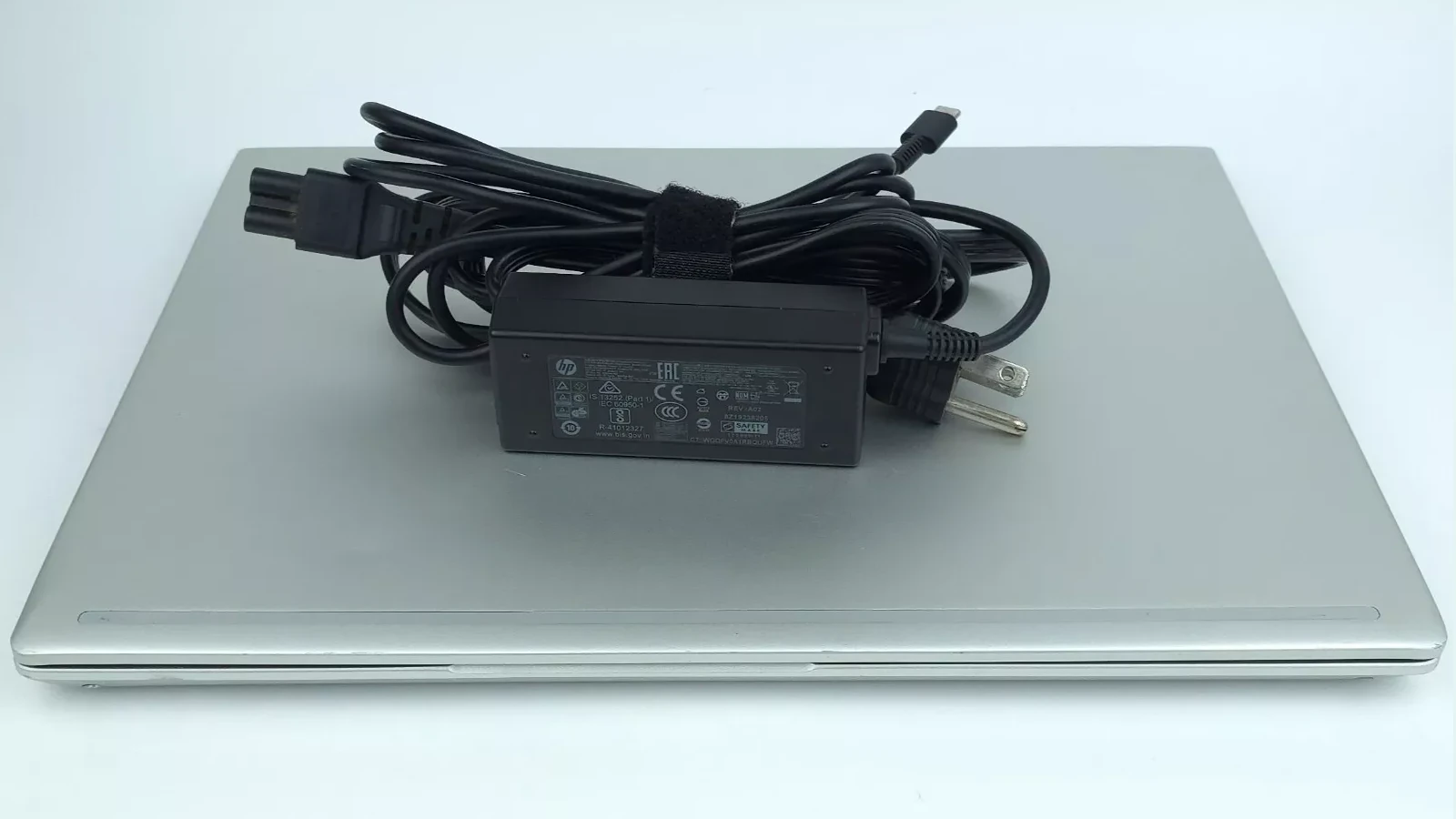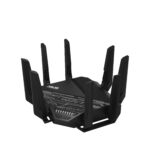Is your laptop plugged in but not charging? This common issue can be frustrating, but there are often simple fixes. Trying a different power outlet or checking the charger connection may solve the problem quickly. If these basic steps don’t work, don’t worry. There are more troubleshooting methods to try.
Laptop charging issues can stem from various sources. The problem might be with the battery, charger, or even the laptop’s power port. Sometimes, it’s a software glitch that’s easily fixed. Other times, it may require replacing hardware components.
If you’ve tried basic fixes and your laptop still won’t charge, it may be time to dig deeper. We’ll explore some more advanced troubleshooting steps you can try at home. For complex issues, getting help from a pro is always an option.
Troubleshooting a Laptop That Won’t Charge
It can be incredibly frustrating when your laptop refuses to charge. Before you panic, there are several troubleshooting steps you can take to pinpoint the issue and hopefully get your laptop powered up again.

Check the Basics
Sometimes the simplest solutions are the most effective. Start with these checks:
- Power Source: Make sure the wall outlet is working. Test it with another device.
- AC Adapter: Inspect the AC adapter for any physical damage to the cord or the brick itself. If possible, try a different adapter.
- Charging Port: Look closely at the charging port on your laptop. Is it loose, damaged, or obstructed by dust or debris?
- Battery: If your laptop has a removable battery, take it out and reinsert it securely.
Software Considerations
Believe it or not, software can sometimes interfere with charging.
- Restart: A simple restart can resolve temporary glitches.
- Update Drivers: Outdated or corrupted battery drivers can cause charging problems. Check for updates in Device Manager.
- BIOS Update: In some cases, a BIOS update might be necessary to address charging issues.
Hardware Troubleshooting
If the basics and software checks don’t reveal the problem, you might be dealing with a hardware issue.
- Overheating: An overheated laptop might stop charging to protect itself. Let it cool down before trying again.
- Battery Health: Batteries have a limited lifespan. If your battery is old or worn out, it might need replacement.
- Internal Connections: There might be a loose connection or a problem with the charging circuitry inside your laptop.

Testing and Diagnosis
To further pinpoint the problem, you can try these tests:
- Multimeter: If you have a multimeter, you can test the AC adapter’s output voltage to see if it’s providing the correct power.
- Battery Test: Some laptops have built-in battery tests or diagnostic tools that can assess battery health.
Seeking Professional Help
If you’ve exhausted all troubleshooting options and your laptop still won’t charge, it’s time to seek professional help.
- Manufacturer Support: Contact your laptop manufacturer’s support for assistance or to inquire about repair options.
- Authorized Service Center: Take your laptop to an authorized service center for diagnosis and repair.
Preventive Measures
- Proper Handling: Avoid dropping or bumping your laptop, which can damage internal components.
- Temperature Control: Don’t expose your laptop to extreme temperatures.
- Battery Care: Avoid fully discharging your battery frequently.

Additional Tips
- Check Online Forums: Search for your specific laptop model and charging issue to see if others have experienced similar problems and found solutions.
- Keep Records: Keep track of any error messages or unusual behavior you observe. This information can be helpful for troubleshooting or when seeking professional help.
By following these steps, you can increase your chances of identifying the cause of your laptop’s charging problem and getting it back to its full power potential.
Resolving Laptop Charging Issues By Manufacturer
Dell Charging Issues
- Check the AC Adapter: Ensure the AC adapter is securely connected to both the laptop and a working wall outlet. Test with a different adapter if possible.
- Inspect the Charging Port: Examine the charging port for any damage or debris. Use compressed air to clean the port gently.
- Run Diagnostics: Dell laptops often have built-in diagnostic tools. Access them by pressing F12 during startup and running the “PSA Diagnostics.”
- Update BIOS and Drivers: Check the Dell support website for the latest BIOS and battery driver updates for your specific model.
- Battery Health Check: Use Dell’s “Battery Health Check” utility to assess the battery’s condition.
HP Charging Issues
- Check the Power LED: Look for the power LED indicator on your HP laptop. If it’s blinking or off, it could indicate a charging problem.
- Run HP Battery Check: Use the HP Support Assistant to run a battery check and diagnose potential issues.
- Hard Reset: Perform a hard reset by disconnecting the AC adapter and battery (if removable), then pressing and holding the power button for 15 seconds.
- Update BIOS and Drivers: Visit the HP support website to download and install the latest BIOS and battery drivers.
Lenovo Charging Issues
- Check the Charging Indicator: Observe the charging indicator light. If it’s not lit or blinking abnormally, there might be a charging problem.
- Run Lenovo Diagnostics: Access Lenovo diagnostics by pressing F10 during startup or using the Lenovo Vantage software.
- Power Management Settings: Check the power management settings in the Lenovo Vantage software or BIOS to ensure they’re not interfering with charging.
- Reset the Battery Gauge: Some Lenovo laptops have a battery gauge reset function. Refer to your user manual for instructions.
Asus Charging Issues
- Check the AC Adapter LED: The AC adapter usually has an LED indicator to show it’s receiving power.
- Battery Health Charging: Asus laptops often have a “Battery Health Charging” feature in the BIOS or MyASUS software. This can help prolong battery lifespan.
- Update ASUS System Control Interface (ASCI): Ensure the ASCI driver is up to date. You can find it on the Asus support website.
Acer Charging Issues
- Check the Battery Indicator: Look for the battery indicator light on your Acer laptop. A blinking or off light could signal a problem.
- Run Acer Care Center: Use the Acer Care Center software to diagnose battery and charging issues.
- Power Reset: Disconnect the AC adapter and battery (if removable), then press and hold the power button for 30 seconds.
Toshiba Charging Issues
- Check the Charging Port: Inspect the charging port for any bent pins or debris.
- Run Toshiba PC Diagnostic Tool: Use the Toshiba PC Diagnostic Tool to check for hardware problems.
- Update BIOS and Drivers: Visit the Toshiba support website for the latest BIOS and driver updates.
Sony Charging Issues
- Check the VAIO Control Center: Sony VAIO laptops often have a VAIO Control Center with settings related to power management and battery health.
- Battery Care Function: Some VAIO laptops have a “Battery Care Function” to optimize charging and prolong battery life.
- Update BIOS and Drivers: Check the Sony support website for the latest BIOS and driver updates for your VAIO model.
Samsung Charging Issues
- Check the Battery Life Extender: Samsung laptops sometimes have a “Battery Life Extender” setting that limits the maximum charge level to prolong battery lifespan.
- Run Samsung Battery Diagnostics: Use the Samsung Battery Diagnostics tool to check battery health.
- Update Samsung Settings: Ensure the Samsung Settings application is up to date.
Apple Charging Issues
- Check MagSafe or USB-C Connection: Ensure the MagSafe or USB-C connector is properly attached to your MacBook. If using MagSafe, check if the LED indicator lights up.
- Inspect the Adapter and Cable: Examine the adapter and cable for any signs of damage or fraying. Try a different adapter and cable if possible.
- Reset the SMC: Resetting the System Management Controller (SMC) can often resolve power-related issues. The steps to reset the SMC vary depending on your MacBook model (see Apple’s support website for instructions).
- Run Apple Diagnostics: Restart your Mac and hold down the D key during startup to run Apple Diagnostics, which can help identify hardware problems.
- Check Battery Health: Go to “System Settings” > “Battery” to check your battery’s health status and cycle count. If the battery is significantly degraded, it may need replacement.
- Calibrate the Battery: Calibrating the battery can sometimes help resolve charging inconsistencies. Apple recommends fully charging your MacBook, then using it until it shuts down due to low battery. Then, leave it unplugged for several hours before fully charging it again.
- Update macOS: Ensure your macOS is up to date, as software updates often include fixes for power and charging issues.
Remember to always refer to your laptop’s user manual or the manufacturer’s support website for specific troubleshooting steps and safety precautions.
Key Takeaways
- Check power outlets and connections first
- Try removing the battery if possible
- Consider professional help for complex issues
Diagnosing and Fixing Hardware Issues
Hardware problems often cause laptops to stop charging. Checking the charging port, power adapter, and battery can help pinpoint the issue.
Examining the Charging Port and Power Jack
Look at the charging port for signs of damage. Bent pins or debris can block the connection. Try cleaning the port with a soft brush or compressed air. Wiggle the connector gently to check for loose parts.
The power jack inside the laptop can also break. This needs expert repair. Signs of a faulty jack include:
- The charger only works at certain angles
- You hear crackling when plugging in the charger
- The laptop doesn’t detect the charger
If you suspect a broken power jack, take your laptop to a repair shop.
Testing the AC Adapter and Laptop Charger
A faulty charger is a common cause of charging issues. Try these steps:
- Check the cables for fraying or damage
- Make sure all connections are tight
- Test the charger with a voltmeter if you have one
- Try a different power outlet
If possible, test your laptop with a known working charger. Or test your charger on another laptop. This can help identify if the problem is the charger or the laptop.
Some laptops use USB-C for charging. A USB-C power meter can check if the port is working correctly.
Assessing Battery Health and Replacement Options
Batteries wear out over time. Check your battery health:
- Open the battery report in Windows
- Look at the full charge capacity
- Compare it to the design capacity
A big drop means your battery is dying. Many laptops let you replace the battery yourself. For others, you’ll need a repair shop.
Try these steps for removable batteries:
- Turn off the laptop
- Take out the battery
- Hold the power button for 15 seconds
- Put the battery back in
- Try charging again
This can reset the battery connection and fix some issues.
Troubleshooting USB-C and Alternative Charging Methods
USB-C charging can be tricky. Not all USB-C ports support charging. Check your laptop manual to find the right port. Some tips:
- Use the charger that came with your laptop
- Make sure the charger provides enough power
- Try different USB-C cables
Some laptops have other charging options. These might include:
- Charging through a docking station
- Using a power bank
- Wireless charging pads
Check your laptop manual for supported methods. Always use chargers and accessories designed for your specific model to avoid damage.







